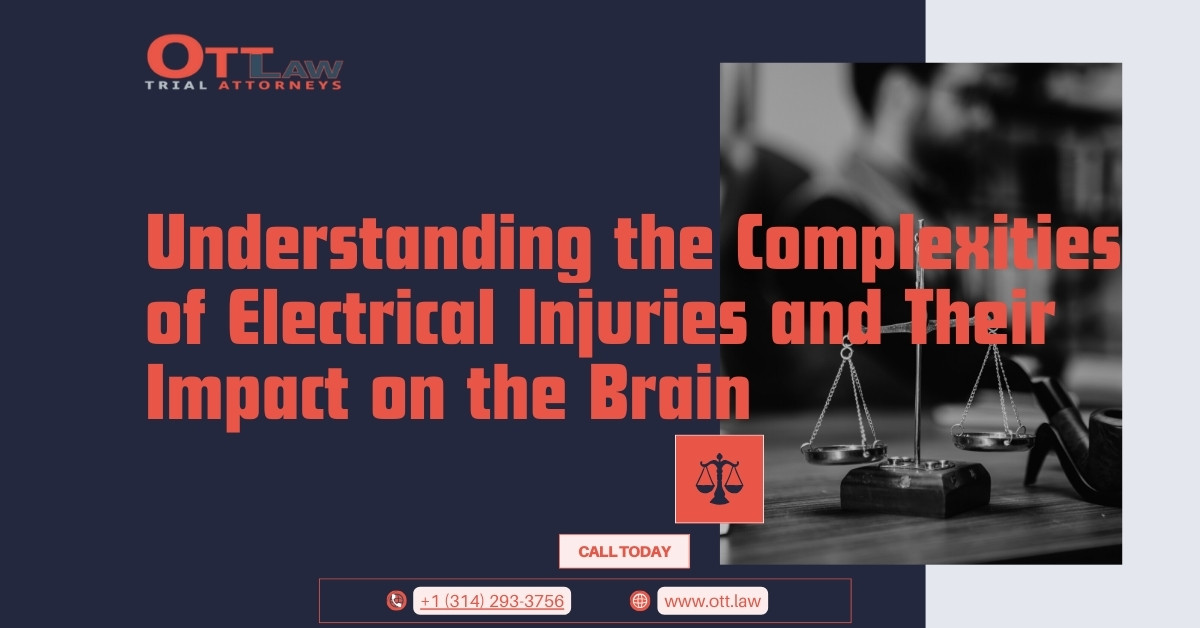Electrical injuries are multifaceted in nature and can result in a broad spectrum of health concerns. These injuries can stem from various sources, including direct contact with electrical equipment or indirect exposure through lightning strikes. While most associate electrical injuries with burns or heart arrhythmias, the potential neurological implications are of utmost importance in medico-legal cases.
Epidemiology and Clinical Manifestation:
- Scope: Electrical injuries may range from minor household shocks to severe industrial accidents. The voltage, type of current (AC or DC), pathway, and duration of contact all influence injury severity.
- Central Nervous System Impacts: The brain and spinal cord are particularly vulnerable. Electrical injuries can induce cognitive dysfunction, memory impairment, attention disturbances, and more.
- Late Onset Symptoms: Contrary to popular belief, symptoms might not manifest immediately post-injury. Some patients present with neuropsychological issues only after a prolonged period, even up to 44 months post-incident.
- Electroporation and Cellular Damage: Electrical energy affects cellular biology, leading to cellular damage. This phenomenon, called electroporation, occurs when electrical fields destabilize cell membranes, potentially leading to cell death.
- Neuroimaging: Advanced imaging techniques like MRI can reveal specific patterns in the brain post-electrical injury. Punctate hyperintensities and focal contusions might be discernible.
Challenges in Diagnosis and Treatment:
- Varied Presentations: Patients with electrical injuries can present with a multitude of symptoms ranging from sleep disturbances and attention deficits to more severe ailments like numbness, paresthesia, and depression.
- Misdiagnosis: Due to the complex presentation of these injuries, there’s a notable risk of misdiagnosis. Many patients are often dismissed as malingerers or neurotics, especially when presenting with diffuse or atypical complaints.
- Long-term Sequelae: If the initial effects of an electrical injury persist beyond three months, the patient is at an elevated risk for enduring complications and disability.
Conclusion:
Electrical injuries, while sometimes understated, can have profound implications, particularly concerning the central nervous system. Comprehensive clinical evaluations, paired with a detailed history, are crucial in assessing and managing these patients. Proper documentation and understanding of the injury’s extent are pivotal in medico-legal cases.
Note: If faced with an electrical injury case, it’s vital to approach the situation with a multidisciplinary perspective. Engage specialists from various fields like neurology, cardiology, and dermatology for a comprehensive assessment.

